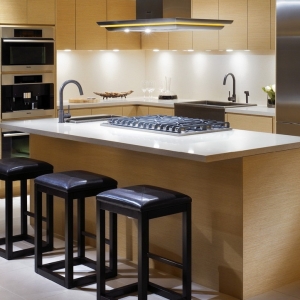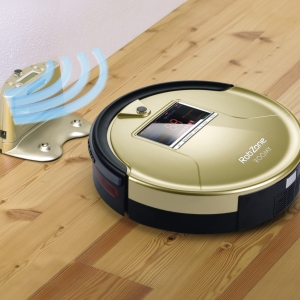When cooking in the kitchen, smells inevitably appear, which apply throughout the room. Hot couple, rising upstairs, spoils the ceiling, walls and cabinets, and fat particles, soot settle on the surface of the headset. So that this bloom does not fit, cleaning is constantly required. To remove evaporation, reducing odors, the ventilation of the room is used. When choosing hoods, specifications, functionality and external design are taken into account.
The design of the drawing is traditional, dome, embedded. The first type is characterized by compactness, small value. Flat models can be installed in any hard-to-reach place. Dome, due to their design capture a large amount of air. Depending on the installation method, the features of the room they are divided into island, fireplace, angular. Built-in hoods have a special design that allows you to install them inside the decorative boxes, cabinets. Choose a drawing type follows from the feature of the kitchen planning. For small kitchens with a narrow slab, or when the vent hole is located far from the plate, it is advisable to install a traditional, flat hood.
Productivity \u003d 12 * 1.3 * S * H, where:
- 12 - how many times it should change the air indoors in 1 hour;
- 1.3 - power reserve coefficient;
- S - Kitchen Square;
- H is the height of the ceilings.
The minimum room performance is 200-300 m3 / h.
According to the production mode, the draws are divided into flow and circulation. Most of the well-known models can work in both modes. The flow hoods remove the air beyond the room. They are more effectively cleaned polluted air, but the installation is associated with certain difficulties. Circulating - suck air, clean it with filters and back to the room. They cost cheaper, easily mounted, but purified air only by 70% and require constant shift filters.
In addition to the technical characteristics, with the choice of extracts, it also has equipment with additional functions. After all, the price category of the device depends on this. So luxury hoods have a liquid crystal display, automatic switching sensors, filter contamination indicator.



































